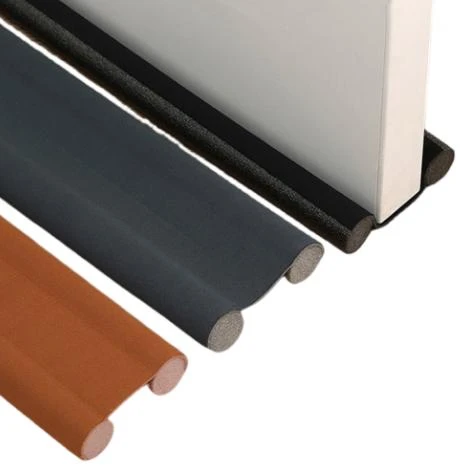Adjusting Your Garage Door Seal for an Even Fit and Better Insulation
Understanding Uneven Garage Door Seals Causes and Solutions
A garage door serves as a vital barrier between the inside of your home and the outside environment, protecting your vehicles, tools, and other belongings. However, an uneven garage door seal can compromise this protection, leading to potential issues such as temperature fluctuations, pest invasions, and dust accumulation. In this article, we will explore the causes of uneven garage door seals and provide practical solutions to rectify the problem.
What is a Garage Door Seal?
A garage door seal, often referred to as a bottom seal or weatherstripping, is the rubber or vinyl strip that runs along the bottom edge of your garage door. Its primary purpose is to create a tight barrier against drafts, water, debris, and insects. A well-installed seal keeps your garage insulated and can also contribute to energy efficiency by maintaining the temperature inside your space.
Causes of Uneven Garage Door Seals
1. Foundation Settling Over time, the foundation of your home may settle, causing the garage floor to slope or the door frame to shift. This can lead to an uneven gap between the door and the floor, preventing the seal from lying flat and creating an effective barrier.
2. Worn-Out Seal With exposure to the elements, garage door seals can wear out due to UV rays, moisture, and temperature changes. A degraded seal may not provide adequate coverage, leaving gaps that compromise its efficacy.
3. Improper Installation If a garage door seal is not installed correctly, it may not function as intended. Misalignment during installation can cause the seal to be uneven, leaving sections of your garage door unprotected.
4. Door Misalignment If the garage door is not balanced or is misaligned, it can affect how the seal rests against the floor. A door that is hung unevenly may not close properly, resulting in gaps where air and pests can enter.
uneven garage door seal

Solutions to Uneven Garage Door Seals
1. Inspect the Garage Door and Seal Begin by assessing the current condition of both the door and the seal. Look for signs of damage, wear, or misalignment. A simple visual inspection can help pinpoint areas that require attention.
2. Adjust the Garage Door If the door is misaligned, you may need to adjust the hinges or rollers. Many garage doors have adjustable brackets that can help realign the door correctly, ensuring it sits level when closed.
3. Replace the Seal If the garage door seal is worn or damaged, it’s time for a replacement. Measure the length of the existing seal and purchase a compatible replacement. Follow the manufacturer’s instructions for installation, ensuring the new seal is installed evenly along the bottom of the door.
4. Level the Garage Floor If the garage floor is significantly uneven due to settling, consider using a concrete leveling compound to fill in low spots or hiring a professional to assess and correct the issue. A level floor will allow the garage door to create a proper seal.
5. Regular Maintenance To prevent future issues, conduct regular maintenance checks on your garage door and seal. Clean the seal periodically to remove debris, and inspect for signs of wear to address problems before they escalate.
Conclusion
An uneven garage door seal can lead to various problems, but with a bit of inspection and maintenance, you can ensure your garage remains secure and energy-efficient. By understanding the causes and applying the necessary solutions, you can maintain a proper seal that protects your space from the elements and unwanted intrusions. Regular attention to your garage door’s condition will save you from larger issues down the line, keeping your garage safe and functional.
-
Under Door Draught Stopper: Essential ProtectionNewsJul.31,2025
-
Garage Door Seal and Weatherstrips for ProtectionNewsJul.31,2025
-
Edge Banding Tape for Perfect EdgesNewsJul.31,2025
-
Table Corner Guards and Wall Corner ProtectorsNewsJul.31,2025
-
Stair Nose Edging Trim and Tile Stair SolutionsNewsJul.31,2025
-
Truck Bed Rubber Mats for Pickup BedsNewsJul.31,2025
-
Window Weather Stripping for Noise ReductionNewsJul.29,2025